A Guide to South Indian Wedding Fashion
Weddings in South Indian are a soulful event. They are adorned by their simplicity and culture, filled with the sounds of a joyous union between two families. However, what really makes a South Indian wedding different is the aura commanded by the rituals. The clothes are an integral part of the ceremony, where the bride and groom read their vows and promise each other a lifetime of duty and happiness.
South Indian weddings are defined by opulent silks and rich jewellery, that are inseparable from the tradition of the land. Interestingly, in recent times, we have seen brides and grooms incorporate newer elements into their wedding trousseau, as a reflection of the changing times.
In this article, let us take a deep dive into the vibrant landscape of South Indian wedding fashion and the changes it has been witnessing over the years.
Primary Elements Of A South Indian Bridal Attire
- Silk sarees with rich hues, accompanied by regal jewellery are the hallmarks of a traditional South Indian bride.
- Nothing elevates an occasion more than the glow of silk and for a land steeped in tradition, a Kanjeevaram silk saree is the most appropriate attire to mark the start of a new phase.
- Brides usually wear a deep or scarlet red saree for the wedding ceremony, though a bright yellow or a solid green are also extremely popular choices. These are quintessential bridal colours that symbolise various facets of cultural significance.
- Red is the colour of love and purity, yellow represents innocence and happiness while green signifies harmony. Purple is also an oft-chosen colour. It stands for grandeur and opulence, which are often coveted elements of such ceremonies.
- When it comes to South Indian grooms, they usually wear a white silk shirt and dhoti throughout the ceremony.
- However, in recent times, we have seen the grooms match up to the fashion aesthetic of the brides. The couple usually colour co-ordinate or the groom may bring his own set of preferences for his attire.
- Jewellery is another notable element of South Indian ceremonial attire. The gold signifies the future happiness of the couple. Therefore, the brides are decked from head to toe in gold and jewels with each ornament holding a special significance to her future.
- Lately, the grooms have also started wearing some jewellery. It can be a gold chain around their neck or an artfully placed kada or bracelets on their hands.
Recent Changes In South Indian Bridal Fashion
Fashion, South Indian or otherwise, is often a reflection of the culture of the society we live in. Therefore, it is only natural that an increasingly globalised world would make its presence felt in even the most intimate gatherings of a place.
But the beauty of introducing contemporary elements into an erstwhile traditional wedding is how true-to-heritage the ceremonies are kept. Let us look at some of the experiential ways to choose your outfit for your wedding day, while maintaining the essence of your roots.
1.A wider choice of colours for the wedding saree.
Red has long been the choice for brides because of the colour’s connection to love and purity. It is the meaning behind which makes it so relevant.
Similarly, brides can choose colours that reflect the emotions of their relationship. Lavender is an increasingly popular choice and the colour signifies marital bliss. The pink colour conveys friendship and peace while blue is a mark of happiness and adventure.
The bottom line is that a wedding day is one of the most wonderful days in your life and your clothes should let you feel the joy and love around you, no matter the colour.
2.Different silhouettes like lehengas, anarkalis and gowns
A bridal wardrobe is no longer restricted to sarees and many women prefer to experiment with different looks for different ceremonies. Many people prefer to wear a lehenga for the primary wedding function and switch to a traditional saree for the main event.
As long as the sanctity of the ceremony is kept intact, the choice of clothes can only elevate the occasion with their versatility and grace.
3.Choice of different fabrics like satin, georgette and organza
Most South Indian wedding ceremonies are dominated by silk, as it is considered to be an auspicious fabric. While the importance of silk remains unchanged, brides are opting for greater comfort in their trousseau. The outfits need to be worn for long periods of time and airy fabrics allow brides to sit in comfort and actually enjoy their wedding. This makes the ceremony a lot more memorable for them.
4.Jewellery
While jewellery choices have largely remained the same, brides choose more contemporary or playful jewellery for select events like haldi or mehendi. This just adds an element of fun and elegance to the proceedings and is enjoyed as such.
Conclusion
At the end of the day, weddings in any part of the world are a celebration of love and the coming together of two families in bliss and harmony. The choice of outfits worn by the bride, groom or the guests are just a reflection of their happiness and best wishes for the couple. Whether you follow tradition or create your own rules for the wedding, just remember that this will be one of the happiest days of your life and you should remember it as such.

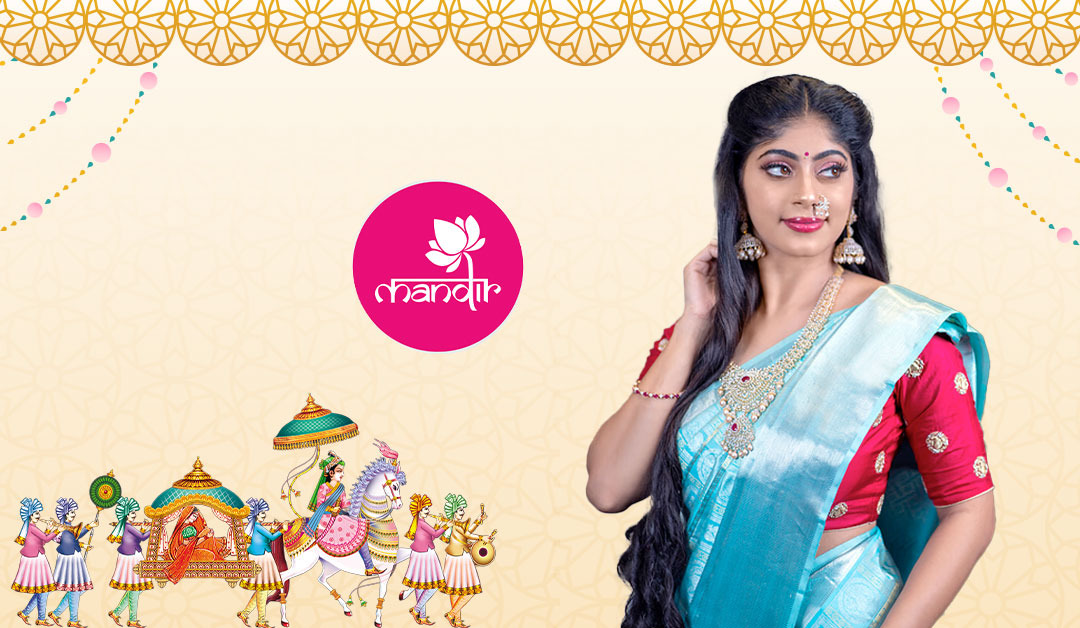
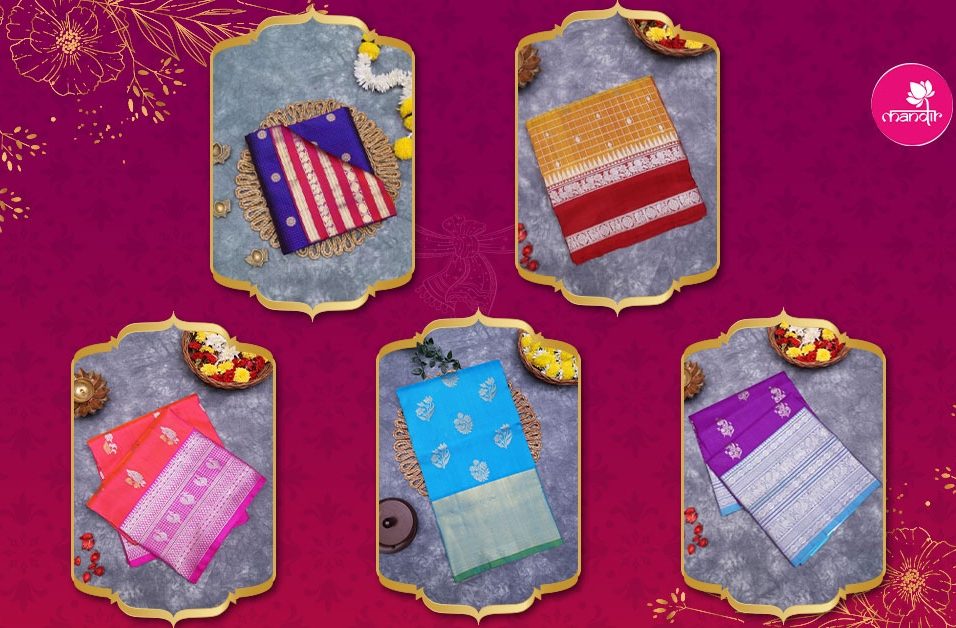
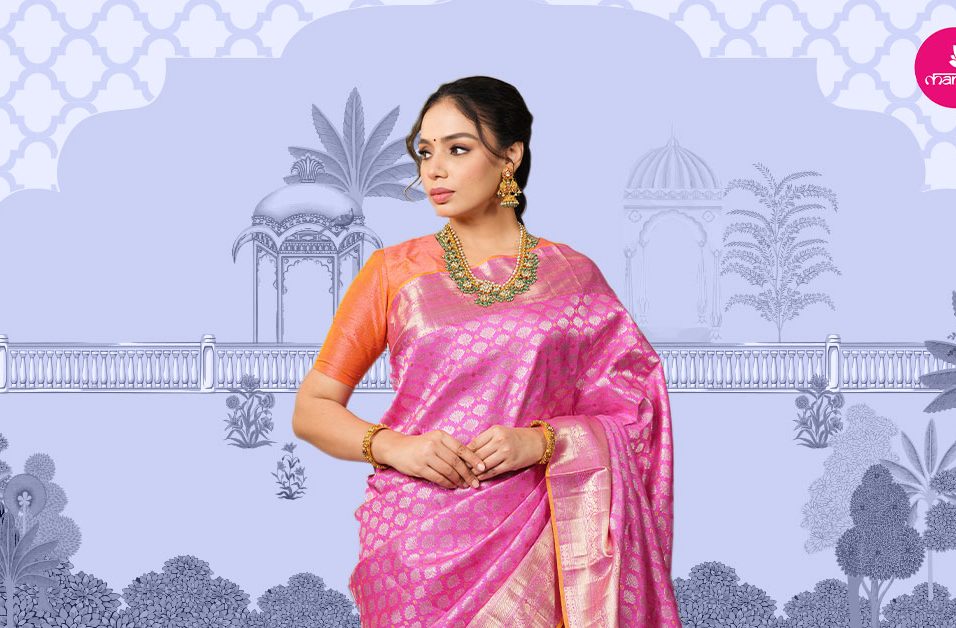
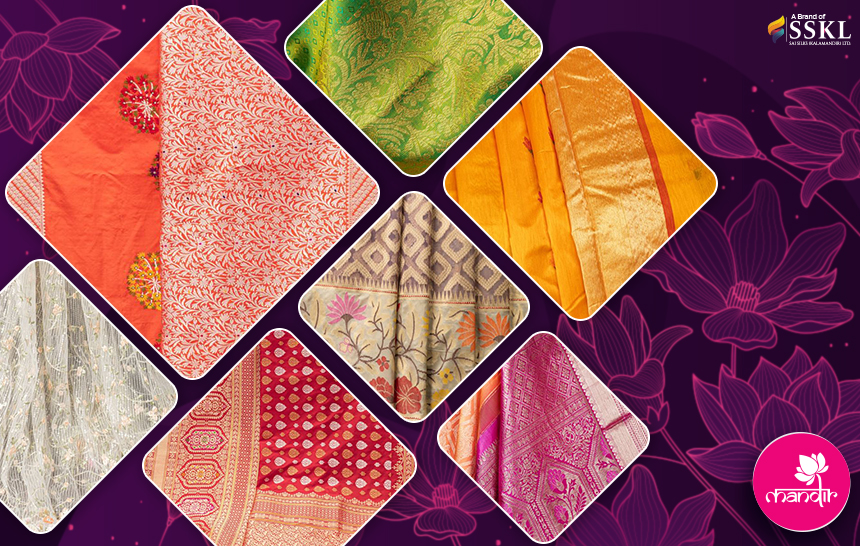
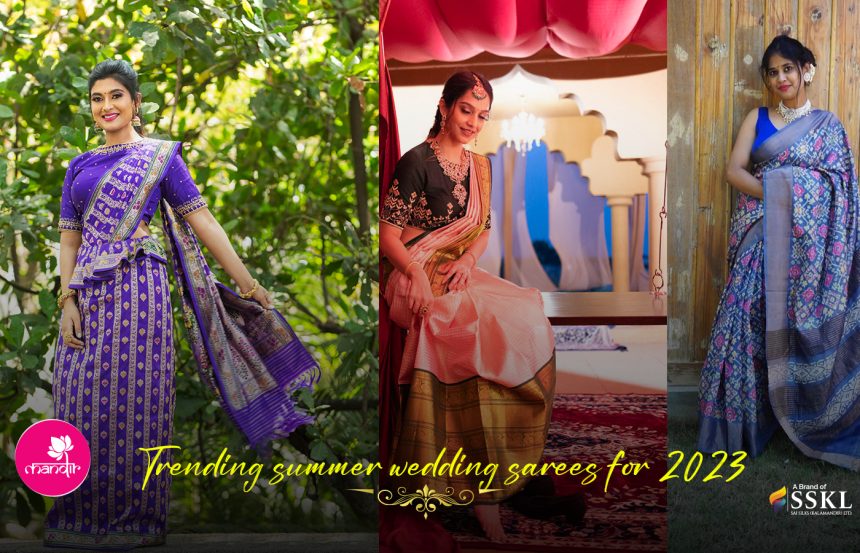

Leave feedback about this